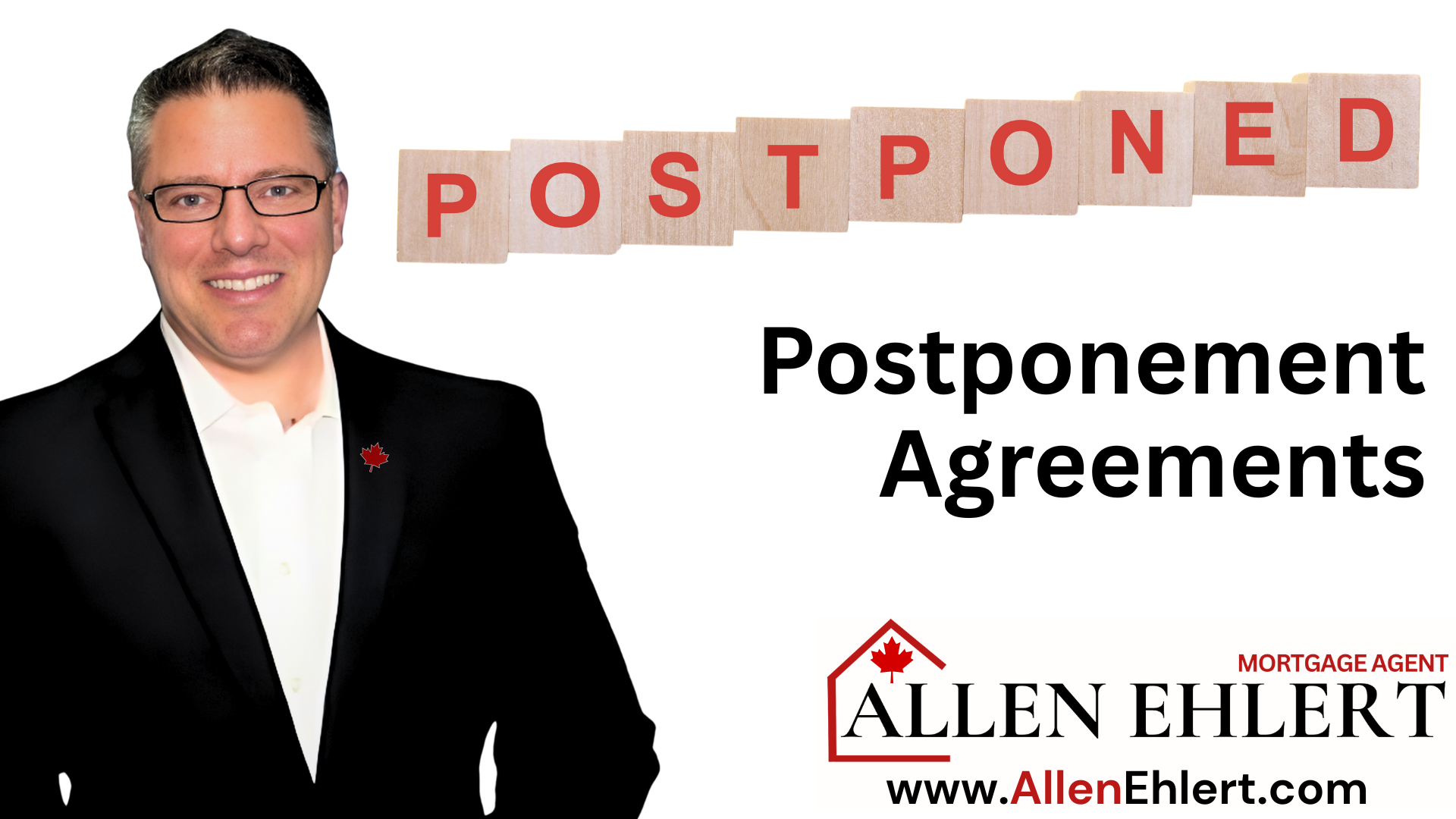Let’s cut to the chase—owning a home in the Greater Toronto Area used to be a realistic goal for middle-income Canadians. Now? Not so much. If you’re earning a decent salary but still can’t afford to buy (or even rent without stress), you’re probably part of a growing group called the “missing middle.” Allow me to walk you through what that means, who’s affected, why it’s happening, and what you can do about it—especially when it comes to mortgages.
What Does “Missing Middle” Mean?
A Day in the Life: Meet Michael
Why It’s Getting Harder to Own a Home
What Does “Missing Middle” Mean?
The missing middle refers to folks who earn too much to qualify for subsidized or affordable housing, but not enough to buy or rent without stretching themselves dangerously thin. If you have to pay more than 30% of your income on housing (principal, interest, taxes, condo fees, utilities, or rent), a financial advisor would tell you that you are financially stressed. Typically, that means earning somewhere between $43,000 and $123,000 a year—solid middle-class incomes that, sadly, don’t go as far as they used to. And even though prime lenders like banks will happily let you borrow up to 39% of your income on your mortgage, you’ll be house ‘rich’ but cash poor. Welcome to the missing middle.
Who Are the Missing Middle?
This income range includes a whole range of people: tech analysts, electricians, marketing coordinators, HR reps, junior engineers—you name it. These are people contributing to the economy every day but still struggling to find housing stability. Which basically means most people. If you are a woman and have gone shopping for clothes, ever notice that a lot of ‘middle’ stores are gone? No more Nine West. No more Jacobs. Just really high end and very low end; the middle is missing.
A Day in the Life: Meet Michael
Michael is 34 and works full-time as a logistics coordinator for a supply chain company in Mississauga, earning around $78,000 a year. Sounds decent, right? But between rent, a car loan, groceries, student loans, and rising living costs, he’s got little to no savings—and zero hope of buying a home anytime soon. Like many in his shoes, he’s thinking of leaving the GTA, not because he wants to, but because he feels he has no choice.
What the Numbers Tell Us
To buy an average home in Toronto today, you need to earn about $235,000 a year. The median household income? Around $100,000. That’s a pretty big gap. No wonder so many young families—especially those aged 25 to 39—are packing up and moving elsewhere.
The Ripple Effect on Society
This isn’t just about individual struggles. Long commutes lead to burnout. People can’t afford to live near their jobs. One report found that investing in middle-income workforce housing could reduce employee turnover by 31% and absenteeism by 22%. That’s a big deal for employers—and for society as a whole. And that’s just the time of commute. Then there’s the cost of commuting. The 407 in Ontario is the world’s most expensive highway, despite the high gasoline taxes embedded into the price of fuel that are supposed to cover the cost of roads. If you lived outside of Toronto, say in Oshawa, and had the opportunity to take a $90K job in Toronto or a $60K job in Oshawa, after calculating in the cost of commuting, you’d be farther ahead taking the Oshawa job. Crazy!
Why It’s Getting Harder to Own a Home
Even if you’re smart with money, rising home prices are wiping out the benefits. Transit-accessible neighbourhoods—where many people want to live—have seen home prices increase 58% faster than the average. So, if you’re trying to be strategic and live close to work or transit, you’re actually being penalized by higher costs.
What This Means for Mortgages
If you’re in the missing middle, trying to qualify for a mortgage can feel like navigating an endless obstacle course. You might have strong credit, a steady job, and good financial habits—but sky-high home prices and the massive down payments they demand are throwing off your debt ratios. And that’s exactly where traditional lenders start to back away.
Take a look at Brooklin, Ontario. Homes built in the early 2000s for around $325,000 are now listed at $1.5 million. Sellers are cashing out—big time. When you factor in inflation, those who bought 20–25 years ago actually had more purchasing power and better affordability than today’s buyers. So what’s the advice for many middle-income buyers now? You guessed it—call the Bank of Mom and Dad, because without a gifted down payment or creative financing, owning a home feels more out of reach than ever.
How I Can Help
This is where I step in. As a mortgage agent, I specialize in helping folks just like you find smart, realistic solutions. Whether it’s connecting you with lenders that understand your situation, structuring creative financing options, or introducing you to co-ownership and rent-to-own strategies, I build mortgage plans that work in the real world—not just on paper. Renting is not a forever strategy.
Allen’s Final Thoughts
Being part of the missing middle isn’t your fault—it’s a product of a broken housing system. But there’s still hope. With the right advice and a plan tailored to your goals, homeownership doesn’t have to stay out of reach. If this sounds like your situation, don’t just keep spinning your wheels. Reach out—let’s figure out your path forward together.












